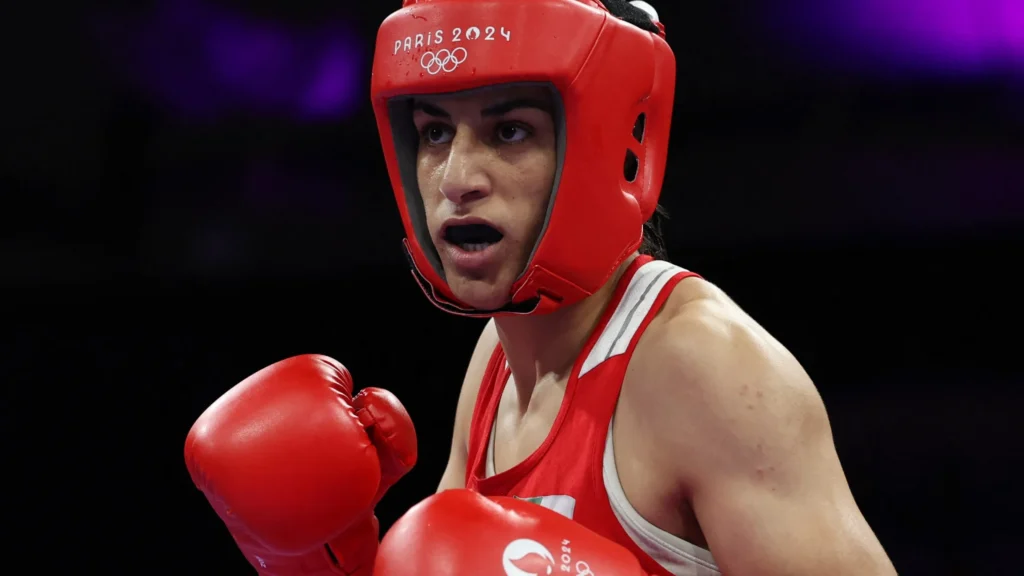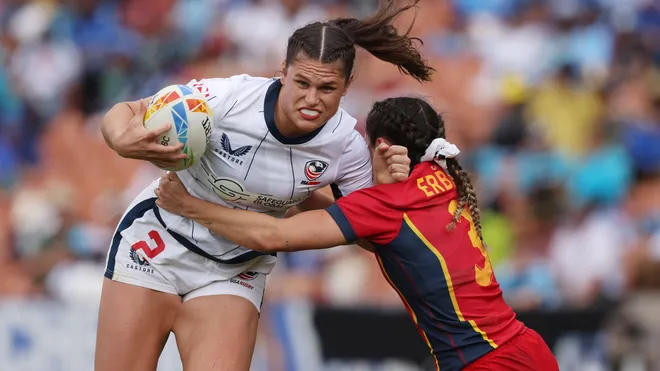
Gender equality has always played an important role in athletics and the opportunities that provide access to fair play in sports. However, modern society continues to curve towards a more equitable culture that supports science and facts, but that also comes with the criticism that continues to be emphasized in current social and political climates. Sex and gender sports eligibility regulations have always existed however they became even more popular recently in the mainstream media around 2009, most specifically following the rise of South African 800-meter runner Caster Semenya, who won the Olympic gold medal at the global championships at the ripe age of eighteen.
The natural hormonal process in men usually goes something like this…after puberty, testosterone, a naturally occurring hormone, enhances the mass and strength of bone and muscle. Testosterone levels also happen to be the primary eligibility criterion for Olympic events. This is because some women who identify as women despite being allocated to the female XY chromosome at birth may have problems referred to as variations (or disorders) of sex development, also known as DSD. Semenya has been medically diagnosed with DSD, a genetic syndrome that results in naturally occurring testosterone levels above the normal range for females. Although the science is equivocal, some sports administrators claim that this provides them an unfair advantage over other women in sports, and the governing body of Olympic Track and Field said in a 2019 Court of Arbitration for Sport hearing that competitors with DSD issues were “biologically male.”
Regulations pertaining to everything from the playing field to athlete eligibility are created under the specific supervision of the governing body of each Olympic sport. Meanwhile, the International Olympic Committee (IOC) from Switzerland, oversees the “Olympic Charter,” a collection of rules that governs the Olympic brand, selects the hosts, and provides financial assistance for them using proceeds from the sale of sponsorship and broadcasting rights. This may also be why it has seemed more complicated to navigate the Jordan Chiles’ controversy, as there are so many sub-committees managing different jurisdictions of the Olympics and world sports. For example, the individual regulatory organizations in charge of the Olympic sports contests are FIFA and Global Athletics. They set and carry out their rules on behavior, athlete eligibility, and the rules of play on the field. But the “Olympic Charter” runs almost everything else.
To lower her testosterone levels, Semanya used oral contraceptives from 2010 to 2015. She claimed that these drugs had a wide range of unfavorable side effects, including weight gain, fevers, nausea all the time, and stomach discomfort, which she encountered while competing in the world championships and the 2012 Olympics. The Olympian, who won gold in 2012 and 2016, did not compete in this year’s Paris Olympics because she is essentially prohibited from competition unless she lowers her testosterone levels medically. She has always identified as female and was given a legal gender identity at birth, which makes it difficult for athletes like herself as she is still embroiled in a seven-year-old court battle against track and field regulations. She isn’t the first, only, or last female athlete to undergo extensive questioning, criticism, and testing to prove her womanhood.
When it comes to sex testing and eligibility, female athletes of color have specifically long been subjected to the effects of intentional misgendering along with discrimination within their sport, and disproportionate scrutiny and treatment from the public. It’s almost like there’s a history of always moving the goalposts whenever their favorite pick is unfortunate enough to lose. In typical racist rhetoric, many athletes of color have had some of the most successful moments of their careers challenged and questioned, while outside critics use intentionally harmful language comparing them to animals and implying that their abilities are “abnormal” and “inhuman” and encouraging efforts for them to be held to different standards that some might argue make it “easier” for others to compete against them. Some of this generation’s GOATs like Serena Williams, Brittany Griner, countless other WNBA players, and now, professional Olympic boxers Imane Khelif and Lin Yu-ting have unfortunately joined the Caster Semenya’s of the world in their fight for gender equality in athletics. Imane Khelif recently went viral for her Olympic win against Italian Boxer Angela Carini where Carini ignited controversy surrounding Khelif’s gender, claiming “It’s not fair!” and “I’ve never been hit so hard before!”, which then prompted responses from the International Boxing Association. The IBA was suspended by the International Olympic Committee in 2019 due to issues with previous leadership, meaning that the 2024 Olympics were being managed by the IOC’s specific boxing unit for the Paris competitions. Khelif was given the go-ahead to compete in Paris by the IOC, which verified that she met all eligibility and medical requirements for the competition. Khelif and all other competitors in Paris are eligible and have complied with the competition’s admission requirements, according to the IOC, which does not conduct gender-based testing on athletes but does undergo a series of scientific testing for eligibility. Prior to the competition, the Algerian Olympic Committee (COA) spoke up for Khelif, saying that she had been the object of “unethical targeting” and “baseless propaganda” and that they had taken “all necessary measures” to safeguard her competitive rights. “My child is a girl,” Khelif’s father said in a statement to Sky Sports. She had a girl’s upbringing. The girl is strong. I brought her up to be courageous and industrious. She is very motivated to work hard and get stronger.”
Although it can sometimes seem like a difficult process to navigate legally, the awareness of the obvious bias within sex and gender eligibility in athletics with specific regard to women of color, has grown tremendously. This proves that it’s not just a coincidence, it’s a pattern. However, Serena Williams said it best, “Every woman’s success should be an inspiration to another. We’re strongest when we cheer each other on. Make sure you’re very courageous: Be strong, be extremely kind, and above all, be humble.” Our journey might not always look the same, but when we stand for each other, we win together.







